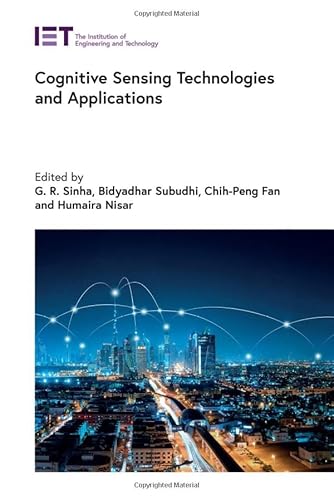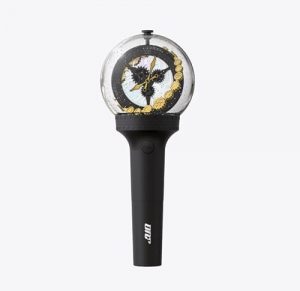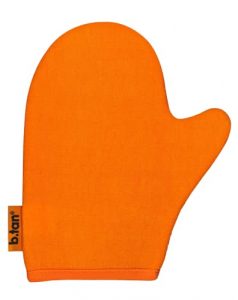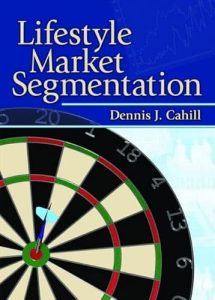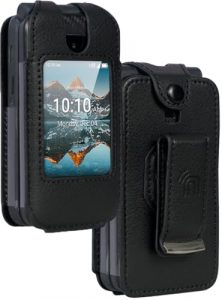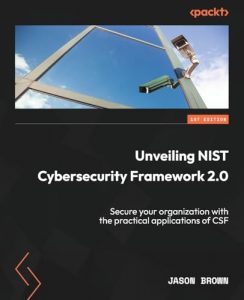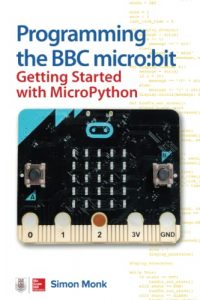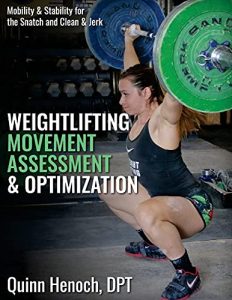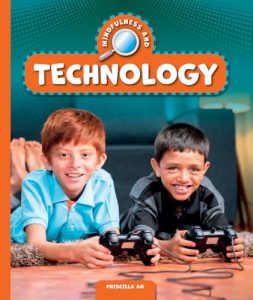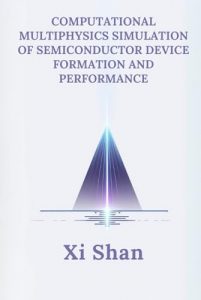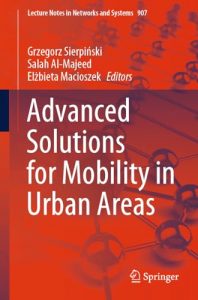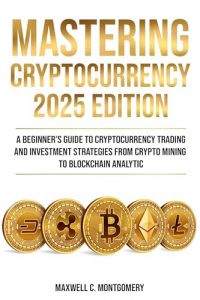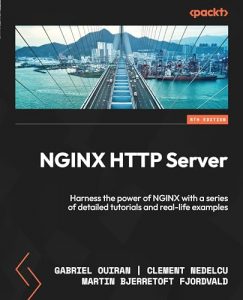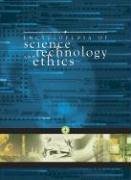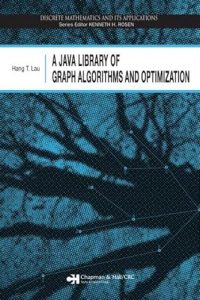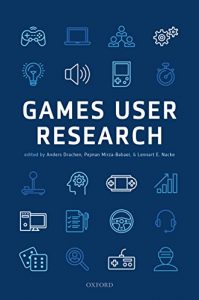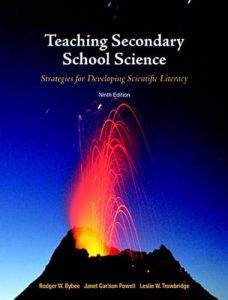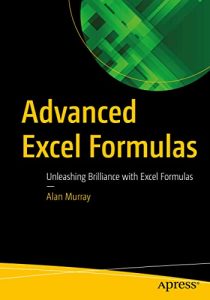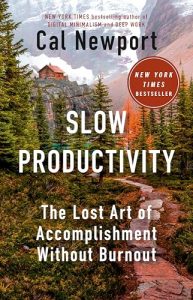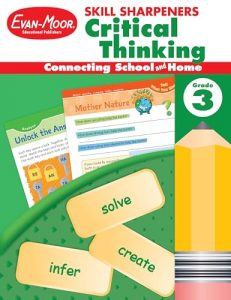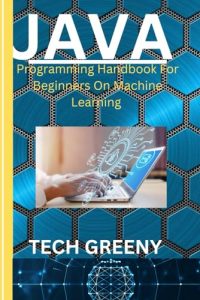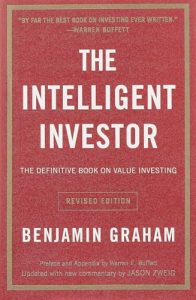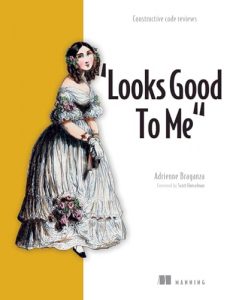Understanding Sensing Technologies in Today’s World
Sensing technologies have revolutionized various industries, enabling more efficient processes, improved healthcare outcomes, and enhanced environmental monitoring. As businesses and researchers delve deeper into the capabilities of these technologies, the literature surrounding them is burgeoning with insights and innovations. This blog post highlights essential reads that discuss cognitive sensing, machine learning, remote sensing, and their applications that can empower professionals and enthusiasts alike.
Whether you’re a seasoned specialist or just curious about the latest developments in this domain, these books, penned by experts, will provide you with critical knowledge and perspectives that are shaping the future of sensing technologies.
Book Reviews
Cognitive Sensing Technologies and Applications (Control, Robotics and Sensors)
For anyone looking to grasp the complexities and applications of cognitive sensing technologies, this book is a definitive guide. Authored by leading experts from The Institution of Engineering and Technology, it digs deep into how these technologies are applied across various sectors, making it a cornerstone text for professionals in control, robotics, and sensor contexts. The comprehensive exploration of both theoretical foundations and practical applications equips readers with insights that are pertinent in today’s tech-driven environment.
This book is a must-have for anyone looking to understand how cognitive systems interact with their environment and adapt based on sensory input, thus laying a strong groundwork for future innovations.

Applied Machine Learning on Sensing Technologies (Ubiquitous Computing, Healthcare and Well-being)
This insightful book presents a thorough look at how machine learning integrates with sensing technologies to solve real-world problems, specifically within healthcare and well-being. It covers a spectrum of applications from smart homes to wearable health devices, making complex topics accessible to a broader audience. CRC Press has done an amazing job of compiling research and case studies that offer practical examples of how machine learning can transform day-to-day sensing applications, providing readers strategies to leverage these technologies effectively.

Smart Sensing Technologies for Agriculture
In an era where global food security is paramount, “Smart Sensing Technologies for Agriculture” provides essential insights into how technology can enhance agricultural productivity. This book elucidates various sensing technologies designed specifically for monitoring agricultural environments, thus empowering farmers with data-driven insights to make informed decisions. With a focus on sustainability and efficiency, this read is a crucial asset for agronomists, agricultural scientists, and farming practitioners looking to innovate.

Remote Sensing: Principles, Interpretation, and Applications, Fourth Edition
This fourth edition of a foundational text offers a comprehensive overview of remote sensing technologies, providing readers with the principles and applications necessary for a deep understanding of the subject. This well-structured book is vital for students and professionals alike who are interested in environmental monitoring and geospatial analysis. Get ready to explore the technologies behind satellite imagery and other remote sensing methods that are reshaping our understanding of the planet.

Sensing the Future: Experiments in Art and Technology (E.A.T.)
Bridging the gap between art and technology, this book explores novel experiments that intersect with the realm of sensing. Through a rich presentation of interdisciplinary collaborations, the book effectively highlights the impact of sensing technologies in art installations and performances. Ideal for artists, technologists, and anyone interested in the intersection of these fields, it encourages readers to envision the future of sensory experiences beyond traditional boundaries.

Introduction to Remote Sensing
This introductory text provides an essential overview of remote sensing techniques, methodologies, and applications. Suitable for newcomers to the field as well as seasoned professionals looking for a refresher, it discusses various platforms and sensors, making it accessible to all. This book certainly lays a strong foundational understanding necessary for anyone looking to delve into remote sensing.

Remote Sensing and Image Interpretation
This book stands out for its practical approach to remote sensing and image analysis. It educates readers about digital image processing techniques and how these methods can be applied in various fields including geography and land use planning. Published by Wiley, it is a great resource for those looking to apply remote sensing data to real-world scenarios, enhancing both academic studies and professional practices.

Ozone Gas Sensing Technologies: Innovations and Challenges
This groundbreaking text dives into the essentials of ozone sensing technologies, discussing recent innovations and the challenges faced in this important area. It is particularly valuable for researchers and practitioners working with air quality and environmental monitoring. By providing a blend of theory and practical case studies, it prepares readers to tackle pressing environmental issues effectively.

Program Earth: Environmental Sensing Technology and the Making of a Computational Planet
This intriguing volume explores how environmental sensing technologies are reshaping our understanding of the planet through computational frameworks. It discusses the emerging field of data-driven decision-making, urging readers to consider the ethical implications of these technologies. Published by the University of Minnesota Press, this book is essential for environmental scientists, policymakers, and anyone interested in computational environmentalism.


